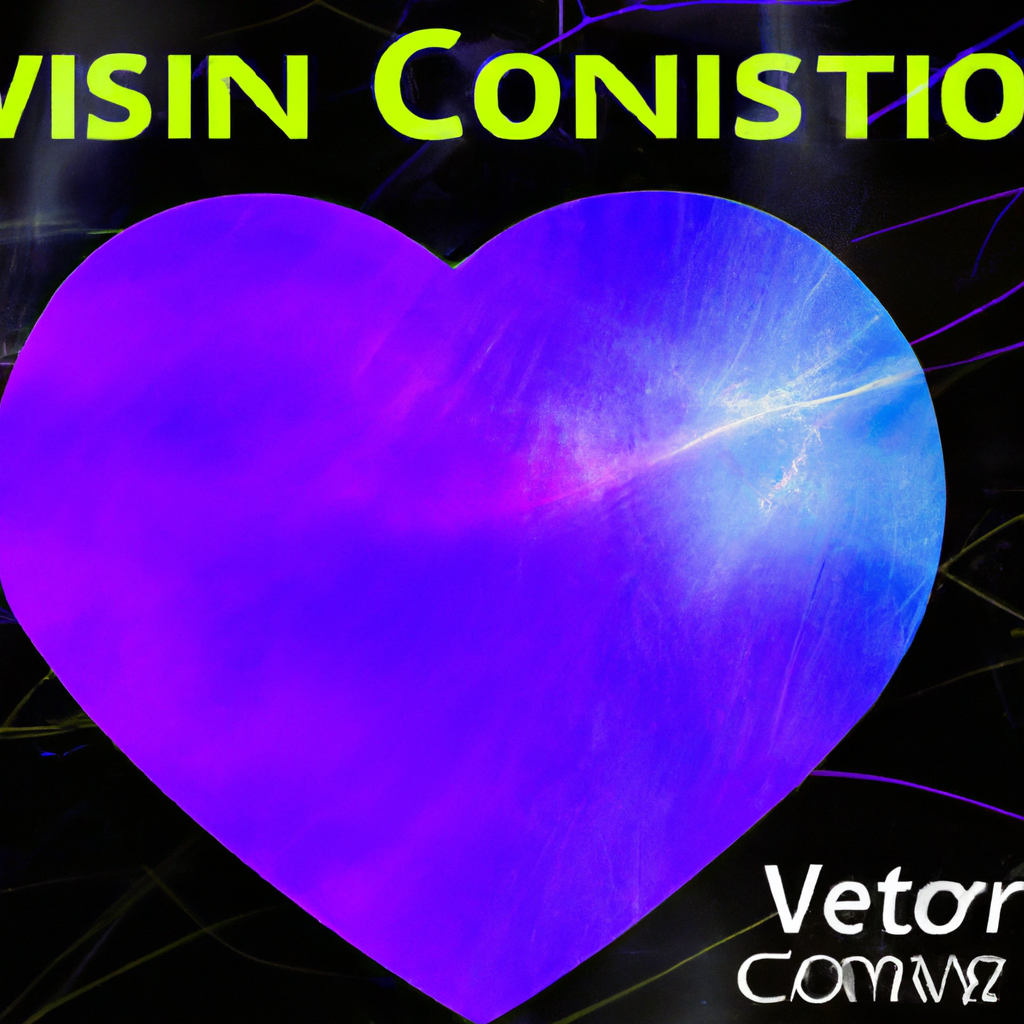Exploring the Applications of Computer Vision in Medical Imaging
Table of Contents
Exploring the Applications of Computer Vision in Medical Imaging
# Introduction
Computer vision, a subfield of artificial intelligence, has revolutionized various industries with its ability to analyze and interpret visual data. One of the domains where computer vision has made significant advancements is medical imaging. Medical imaging plays a crucial role in diagnosing diseases and planning treatments, and computer vision techniques have enhanced the accuracy, efficiency, and speed of these processes. This article aims to explore the applications of computer vision in medical imaging, highlighting both the new trends and the classics of computation and algorithms.
# 1. Image Classification and Segmentation
Computer vision algorithms excel in image classification and segmentation tasks, which are vital in medical imaging. By accurately identifying and labeling different structures and tissues in medical images, computer vision can assist in early disease detection, treatment planning, and monitoring disease progression. Techniques such as convolutional neural networks (CNNs) have been widely employed for image classification tasks, achieving state-of-the-art results in identifying various diseases from X-ray, MRI, and CT scan images. Additionally, advanced segmentation algorithms using deep learning models have enabled precise delineation of tumors, organs, and other anatomical structures, aiding in surgical planning and radiation therapy.
# 2. Object Detection and Localization
Computer vision techniques also facilitate the detection and localization of specific objects within medical images. This capability has proven invaluable in identifying abnormalities, tumors, and lesions, providing crucial information for medical professionals. Object detection algorithms, such as the popular region-based convolutional neural networks (R-CNNs), enable accurate localization of objects of interest in medical images. This assists radiologists and clinicians in identifying potential diseases or abnormalities, leading to timely interventions and improved patient outcomes.
# 3. Computer-Aided Diagnosis (CAD)
Computer-aided diagnosis (CAD) systems, powered by computer vision algorithms, have emerged as powerful tools in medical imaging. These systems assist radiologists and clinicians in interpreting medical images by providing automated analysis and highlighting potential abnormalities. By combining machine learning techniques, image processing, and feature extraction algorithms, CAD systems can aid in the early detection of diseases such as cancer, cardiovascular disorders, and neurological conditions. CAD systems not only enhance diagnostic accuracy but also reduce human error and increase efficiency in healthcare settings.
# 4. Image Registration and Fusion
Image registration and fusion techniques are crucial for combining multiple medical images acquired from different modalities or time points. Computer vision algorithms can align and fuse these images, enabling comprehensive analysis and comparison. By registering and fusing images, medical professionals can track disease progression, monitor treatment efficacy, and enhance the accuracy of image-guided interventions. These techniques have wide-ranging applications, including brain imaging, cardiac imaging, and image-guided surgery.
# 5. Image Reconstruction and Enhancement
Computer vision algorithms have been instrumental in the reconstruction and enhancement of medical images, improving image quality and aiding in clinical interpretation. Techniques such as computed tomography (CT) image reconstruction using iterative algorithms have led to improved image resolution, reduced radiation dose, and enhanced diagnostic accuracy. Furthermore, image enhancement algorithms, such as contrast enhancement and noise reduction techniques, help improve visibility and increase the diagnostic value of medical images, particularly in low-quality or noisy datasets.
# 6. Real-Time Monitoring and Analysis
Computer vision has the potential to enable real-time monitoring and analysis of medical images, empowering healthcare professionals with immediate insights and interventions. Real-time analysis of medical images can be particularly useful in emergency situations or during surgeries. Computer vision algorithms can provide real-time feedback on vital parameters, identify critical structures, and guide surgeons during complex procedures. This capability can significantly enhance patient care and improve surgical outcomes.
# Conclusion
Computer vision techniques have transformed medical imaging by enabling accurate analysis, interpretation, and diagnosis of diseases. The applications discussed in this article demonstrate the potential of computer vision in revolutionizing healthcare and improving patient outcomes. As technology continues to advance, computer vision algorithms will likely play an increasingly significant role in medical imaging, further enhancing diagnostic accuracy, treatment planning, and patient care. The integration of computer vision with other emerging technologies, such as artificial intelligence and machine learning, holds great promise for the future of medical imaging and healthcare as a whole.
# Conclusion
That its folks! Thank you for following up until here, and if you have any question or just want to chat, send me a message on GitHub of this project or an email. Am I doing it right?
https://github.com/lbenicio.github.io

